So much about a person’s identity is revealed by their vocabulary and accent.
When I entered the fold of Vietnam’s bustling, metropolitan Ho Chi Minh City this year with a 6-month vision for how I was going to find my way back to my parent’s language, I took with me an inheritance of Vietnamese words about 40 years out-of-fashion, spoken in the Southern accent, but with Northern turns-of-phrase.
I think it confused every Grab driver who ever tried to start a conversation.
“Phi trường,” I said once, not realizing the old word for “airport” had become “sân bay” in the time my parents had been away.

My Vietnamese teacher listened once as I told him about my homework voice note.
“Thâu băng,” was the word I used – “to make a cassette recording” – but these days Vietnamese people record sound instead (“ghi âm”). Instead of correcting, he just told me, amused:
“Thầy không sửa mấy câu đó đâu, đó là danh tính của em mà.” Translation: I won’t fix those little words, they’re a part of your identity.
Whatever your personal context and whatever your reasons may be for wanting to re-connect with the Vietnamese language, there’s a Vietnamese voice waiting for you to claim, if you decide you want it.
Here’s my quiet letter home to all our Việt Kiều friends looking for a companion on the Vietnamese language-learning road, stamped and mailed from the three-month mark.
Reality Checks: How long is the road, and how long does it take?
The Common European Framework of Reference for Languages (CEFR) defines six user levels from elementary (A1-A2), intermediate (B1-B2), to advanced (C1-C2) proficiency. In Vietnamese, the progression curve on paper for fresh learners looks something like: 80 hours for A1, 120 hours for A2, 160 hours for B1 and B2 each, 200 hours for C1 and C2 each.
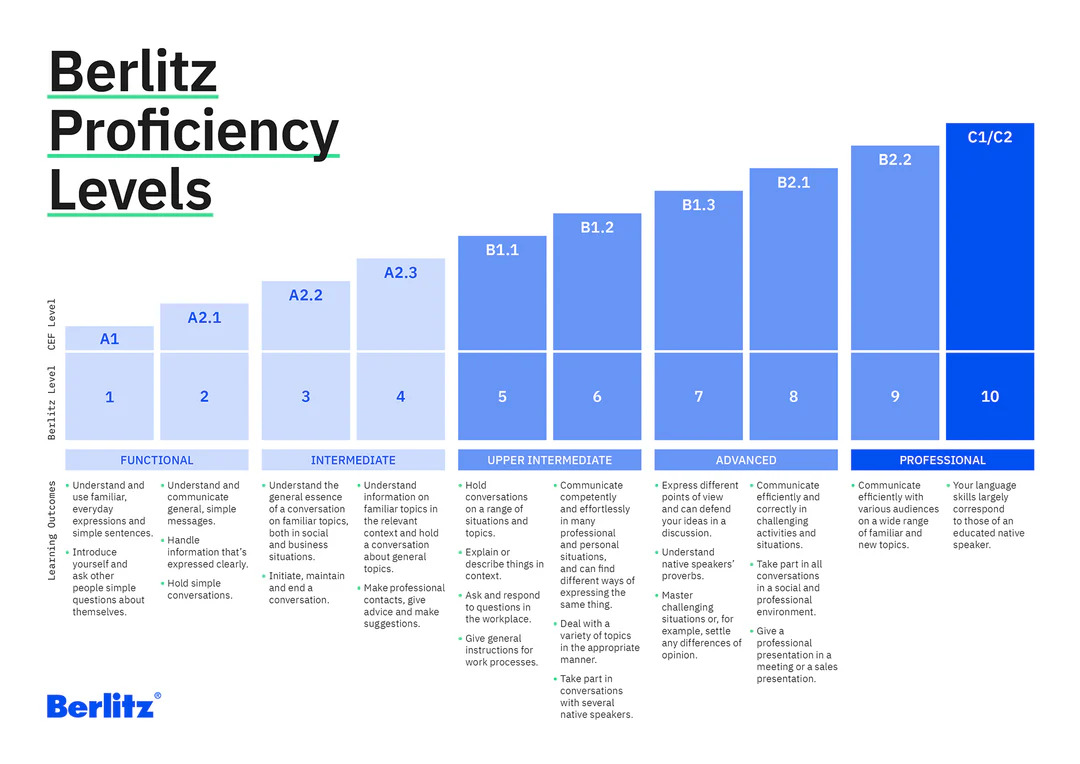
But if you’re a heritage speaker with prior exposure to the language, those numbers start to skew – because our skills are inherently imbalanced.
Most Việt Kiều learners typically begin with decent listening skills, patchy pronunciation and speaking ability, while largely being illiterate. Defining how far you want to go to change that – and for what reason – is an entirely personal decision.
Personal Observations: What helps, and what hinders?
Every Việt Kiều story looks different, and everyone will have their own reasons for wanting to – or not – piece together the scattered fragments of a language that should feel familiar, but still may still foreign on the tongue.
Sometimes, ego interference is the issue. Other times, longtime family habits are the blocker. Before setting your practical strategy and frame for learning, it’s useful to align on the things which are within your control.
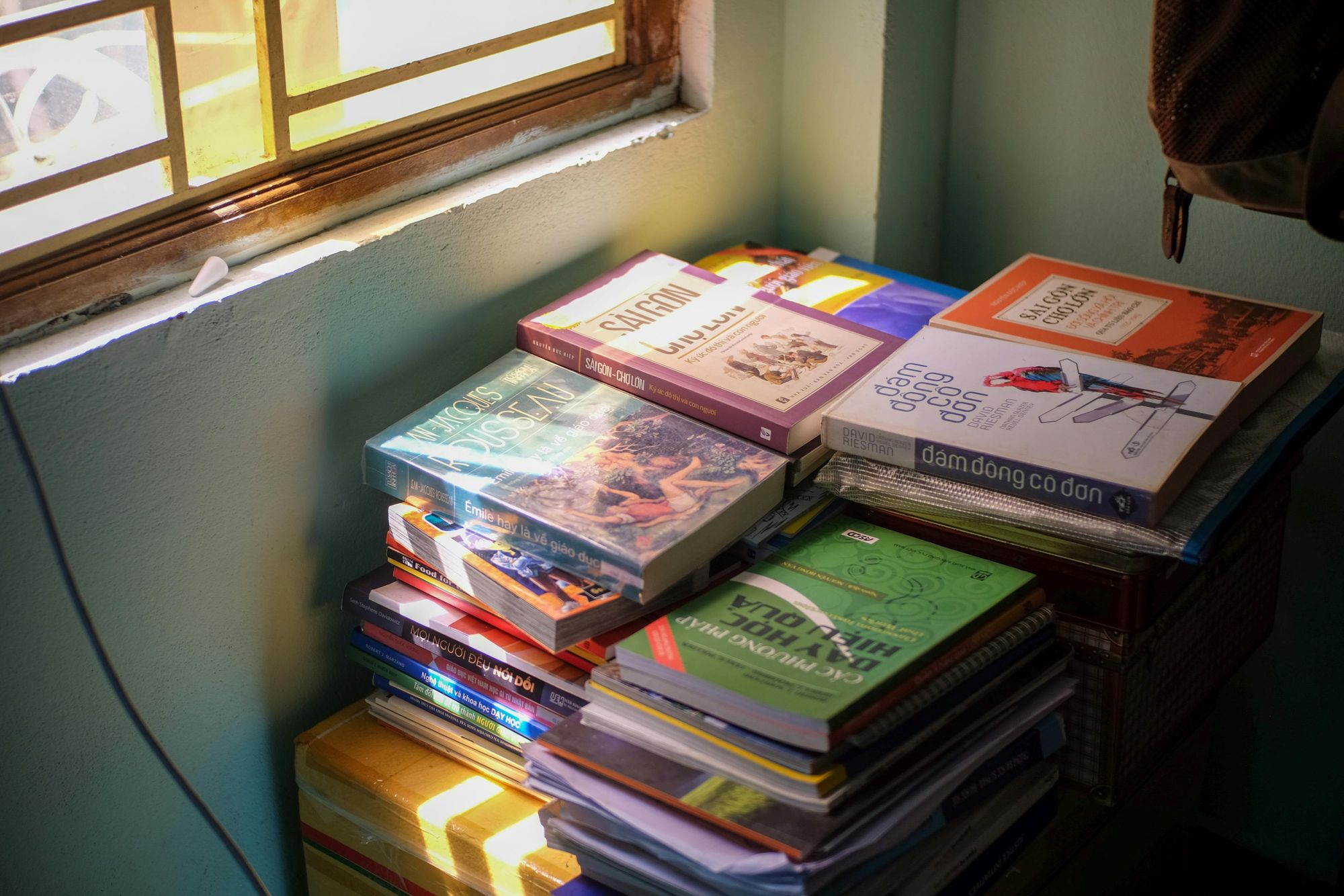
1. Do it because you want to, not because you need validation
If you’ve decided your Vietnamese heritage is and will be a part of your identity, no Vietnamese language certification – or lack thereof – will ever be needed as proof.
It helps to know what your desired use cases are for Vietnamese. Many people decide they want to prioritize listening and speaking only as a way to understand their aging parents better. Maybe it’s enough to be able to send voice notes, dictate messages, and text without the accents and diacritics.

2. Find environments which will support your learning, judgment-free
Many Việt Kiều speakers begin with an inbuilt insecurity (“mặc cảm”) about their pronunciation: weirdly accented, lớ lớ, and always-pointed-out by well-meaning relatives.
If you can accept that your accent sucks from the beginning, the task becomes easier. At the same time, communicating your goals to surrounding Vietnamese family members and friends and asking for their support and patience in the beginning is recommended.
And if patience within the family is in short-supply, find your environment elsewhere. For me, it was a Vietnamese-speaking workplace supplemented by formal 1-on-1 classroom learning. If the institutional setting doesn’t work for you, there’s probably a Vietnamese language community or language exchange circle you can join somewhere in your city.
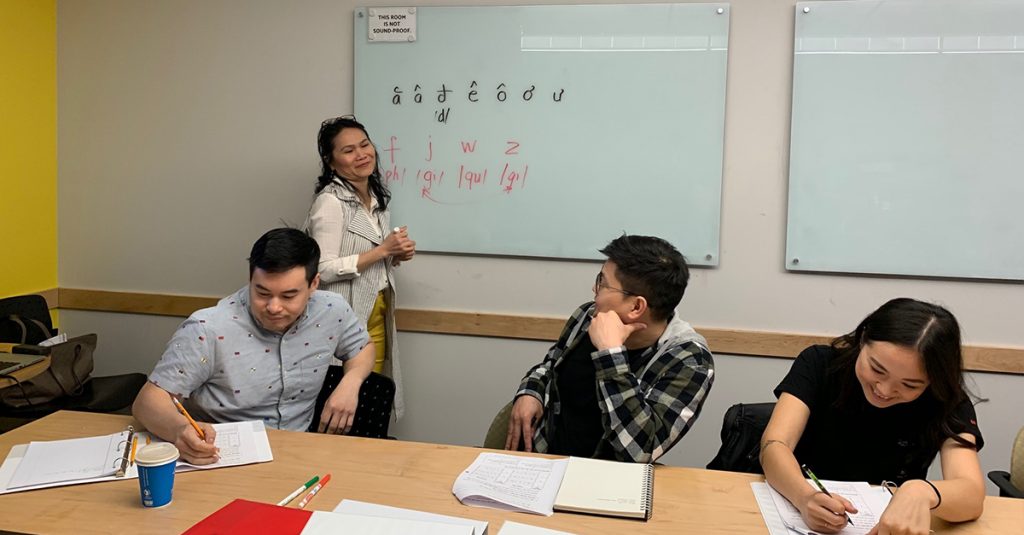
3. Learn to over-express before you filter
Environment aside, there’s a fullness to language mastery which comes only once you’ve exhausted all the awkwardness of incorrect grammar, broken sentences, and incorrectly remembered vocabulary. Vietnamese is inherently challenging as a language for heritage learners because it can come complexly linked to cultural identities or personal history.
Learn to voice all those mistakes and ask for correction before you penalize yourself for even trying.
Any A1-B1 CEFR level speaker learning an entirely foreign language goes through the same “survival mode” period of language acquisition in the beginning, where sentences are inefficient but the point still gets across. That’s an inefficiency that actually has a purpose for building expressive capability in the long-term.
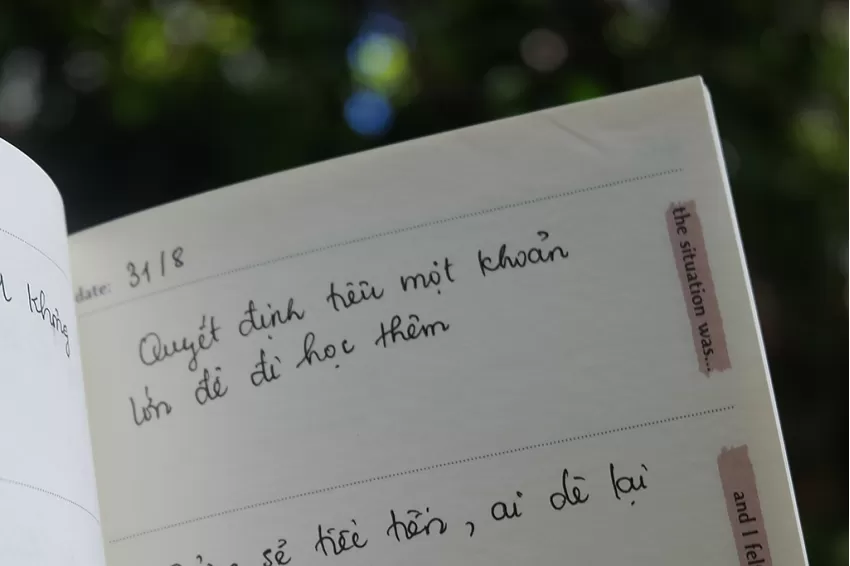
Practical Tips: What works, and where do I start?
Assuming you’ve got clarity on your reasons for learning, here are some practical notes for the road home. This is an exercise where one-size-does-not-fit-all: pick and adjust the ones that make sense to your intended learning situation.
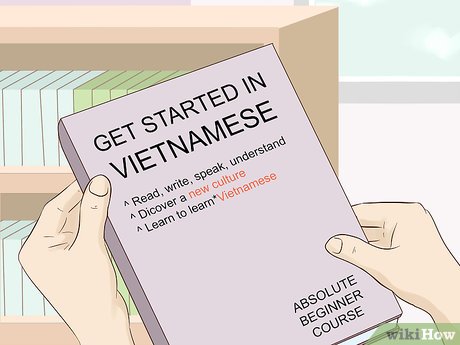
1. Build a habit and define your time commitment – How much time are you prepared to set aside in a week for dedicated learning? Some low-touch options for starting and maintaining a learning habit which might help in the beginning:
- iTalki – hire a tutor and pay-per-class for 1-on-1 speaking practice
- Duolingo – fun for gamifying your learning habit, less useful for practical Vietnamese. The highest Vietnamese level equates to a CEFR level B2
2. Create opportunities for immersion – If you have the option, surrounding yourself with the language in a time-boxed period helps. This could be a Vietnamese workplace, classroom setting, or actually living in Vietnam.
3. Decide on your mode of learning – If you’re based in Vietnam or will be based here for a while, here are some structured face-to-face/ online/ hybrid options you could consider:
- The University of Social Sciences and Humanities (USSH) Center for Vietnamese Language for Foreigners – most widely recognized curriculum, offering standardized Vietnamese in an institutional setting
- Vietnamese Language Studies (VLS) – tailored, responsive and custom-fit options for heritage learners, referencing USSH materials at the intermediate-upper level
- Tieng Viet Oi (TVO) – generally targeted at foreigners, popular for its YouTube content
- Vietnamese Language Garden (VLG) – offered in hour-package bundles if you think a time and month subscription will help with commitment
- Thalic Voice – bonus for those already conversational, doing business in Vietnamese, and seeking accent standardization from media professionals
4. Curate your content inputs – There’s no shortage of Vietnamese-language content available on YouTube and social media. Choose a podcast for the commute, or start shifting your algorithm towards Vietnamese-first content. The Language Reactor extension is useful for providing dual-language subtitles on Netflix and YouTube.
5. Find time to create outputs – Most importantly of all: speak. Voice note. Write – journal, if you can. Vocabulary only becomes your own once you can speak it into existence without help. You probably have family and loved ones waiting to re-acquaint with you in your newfound Vietnamese voice.
